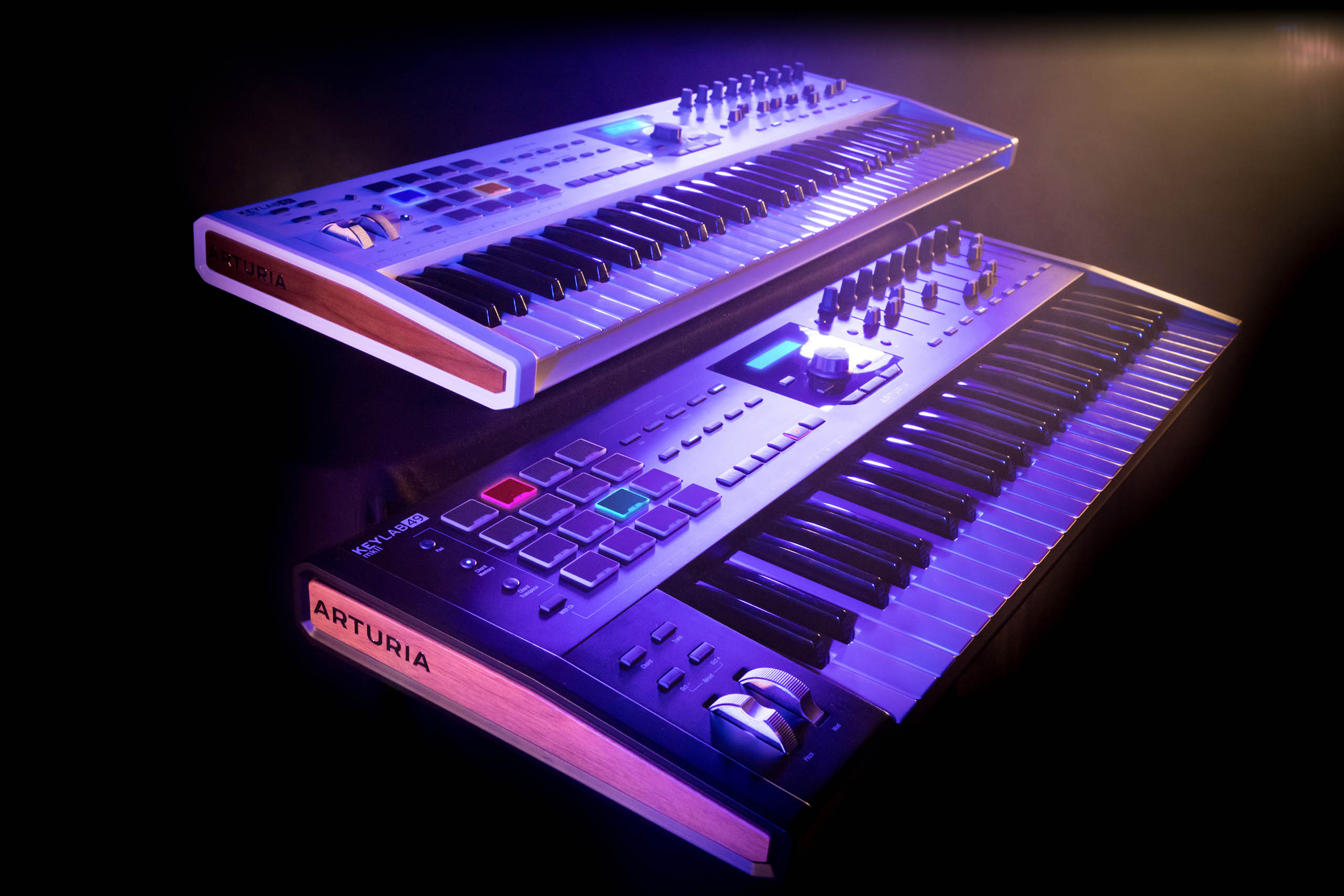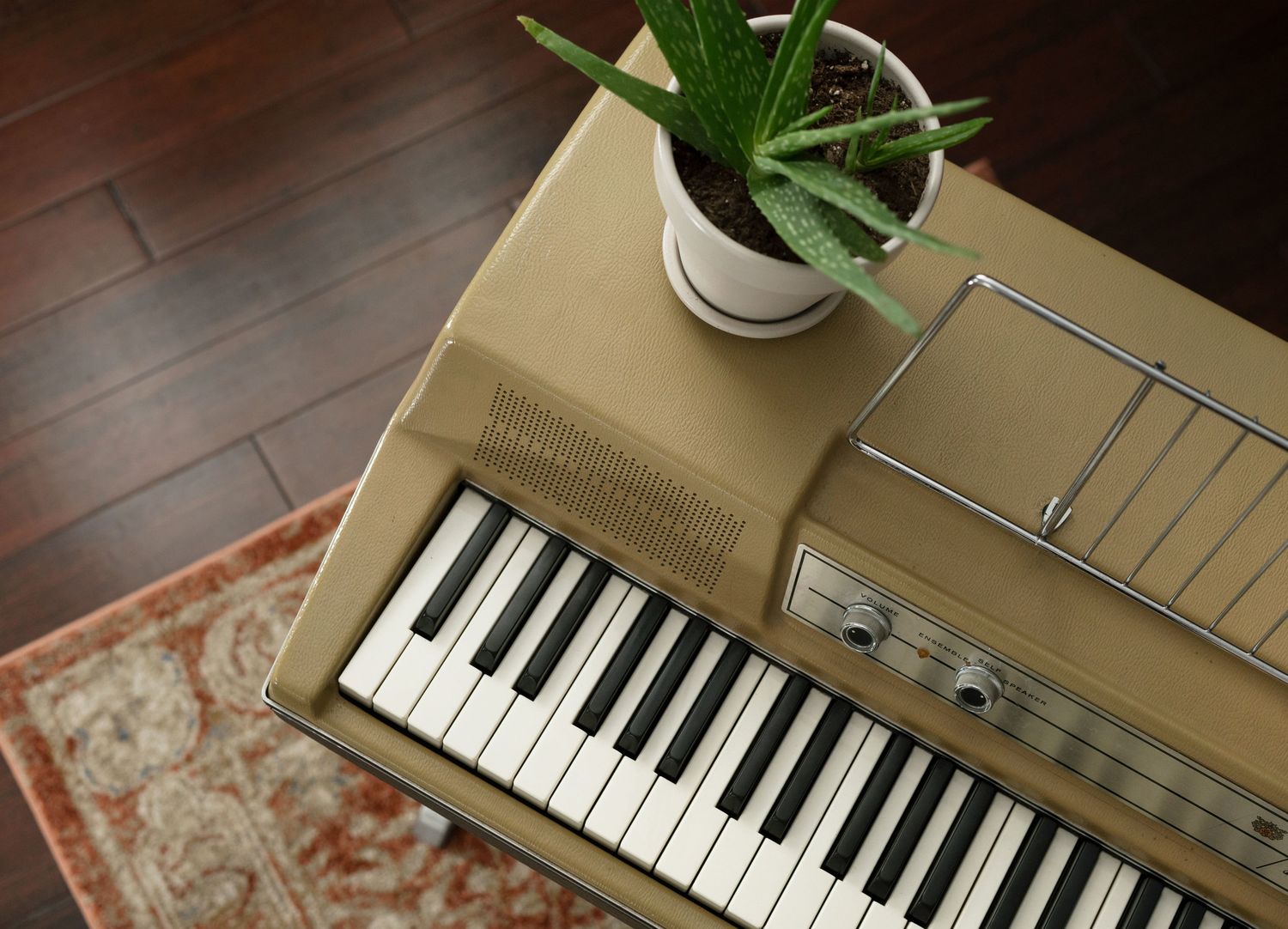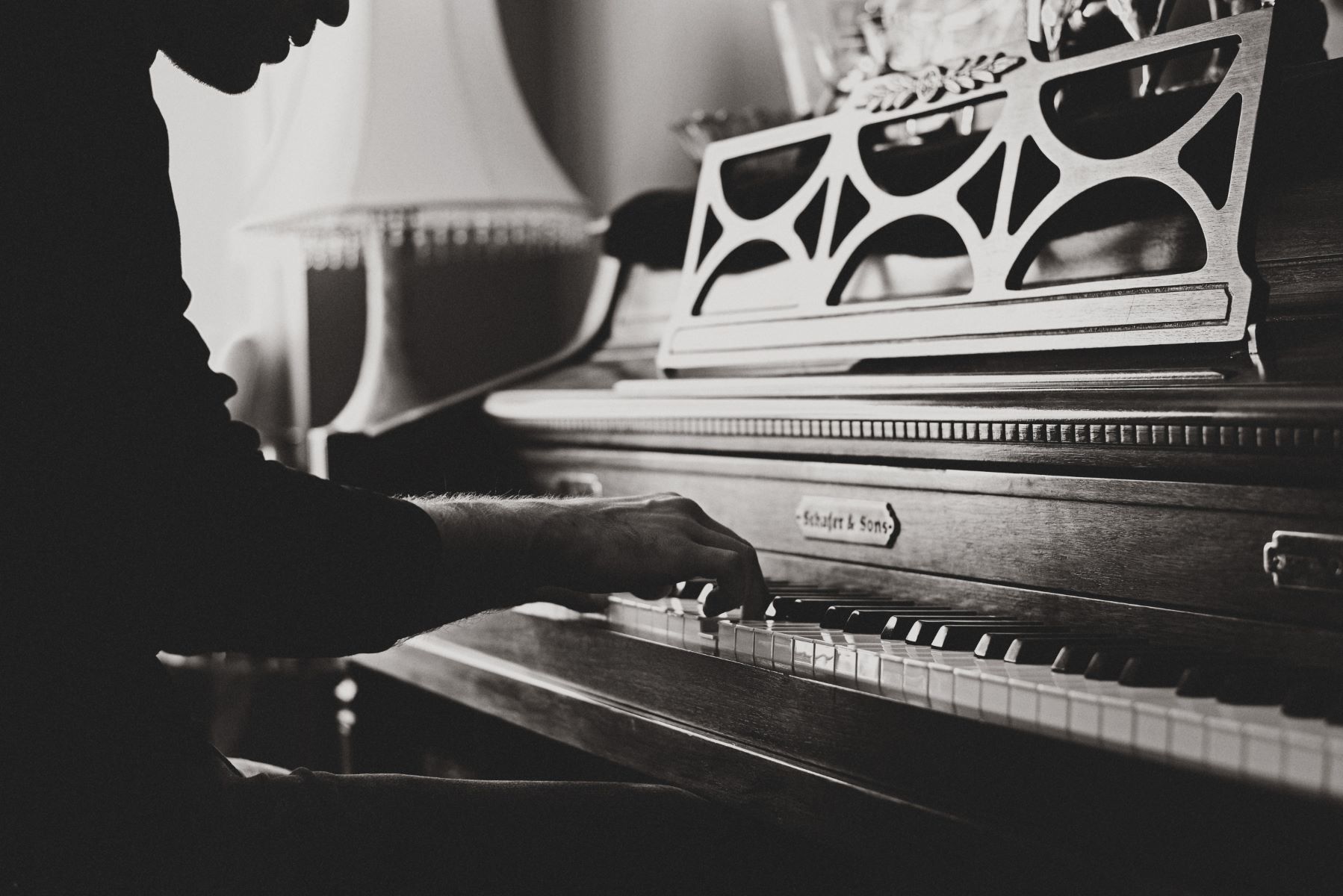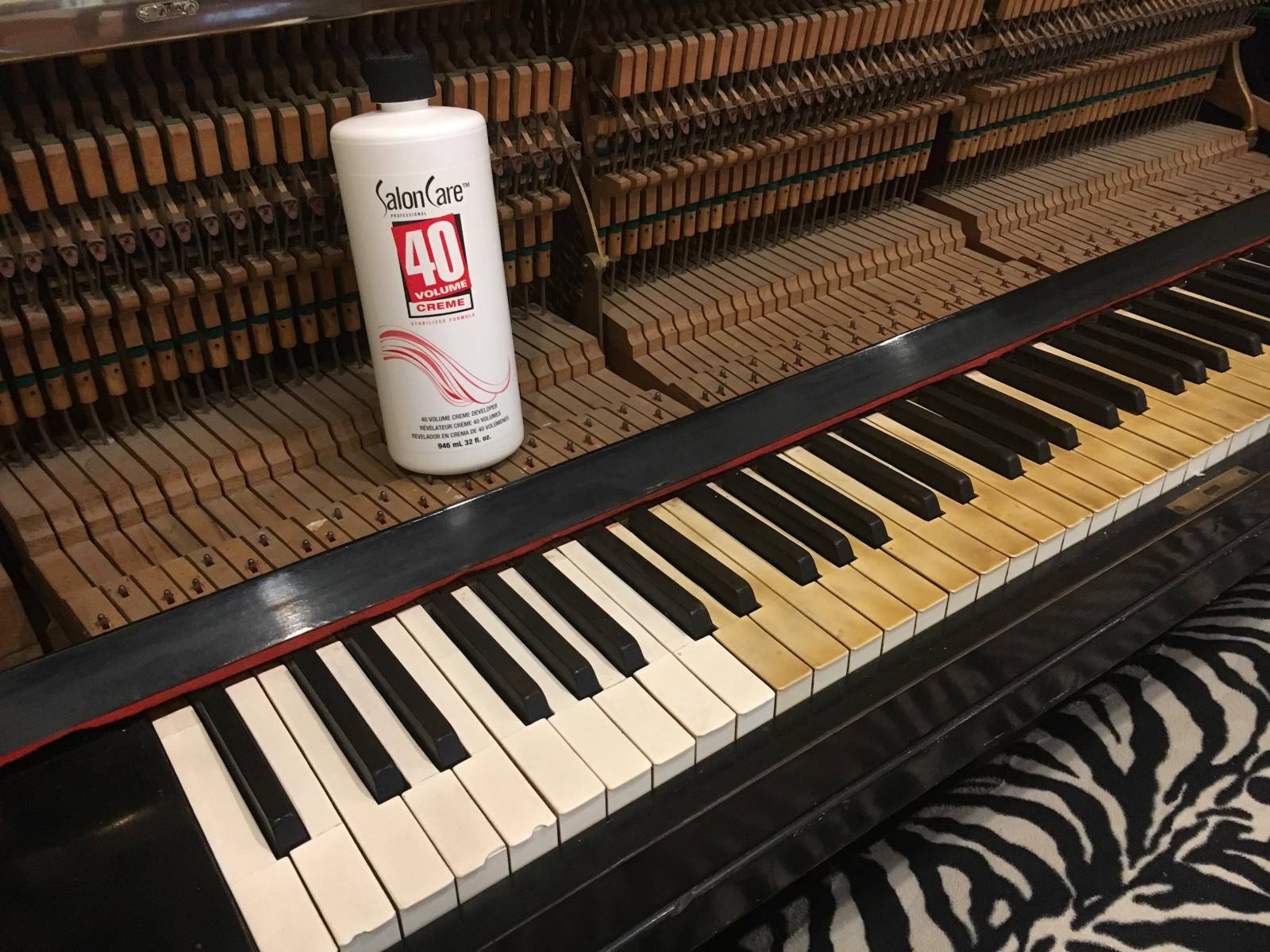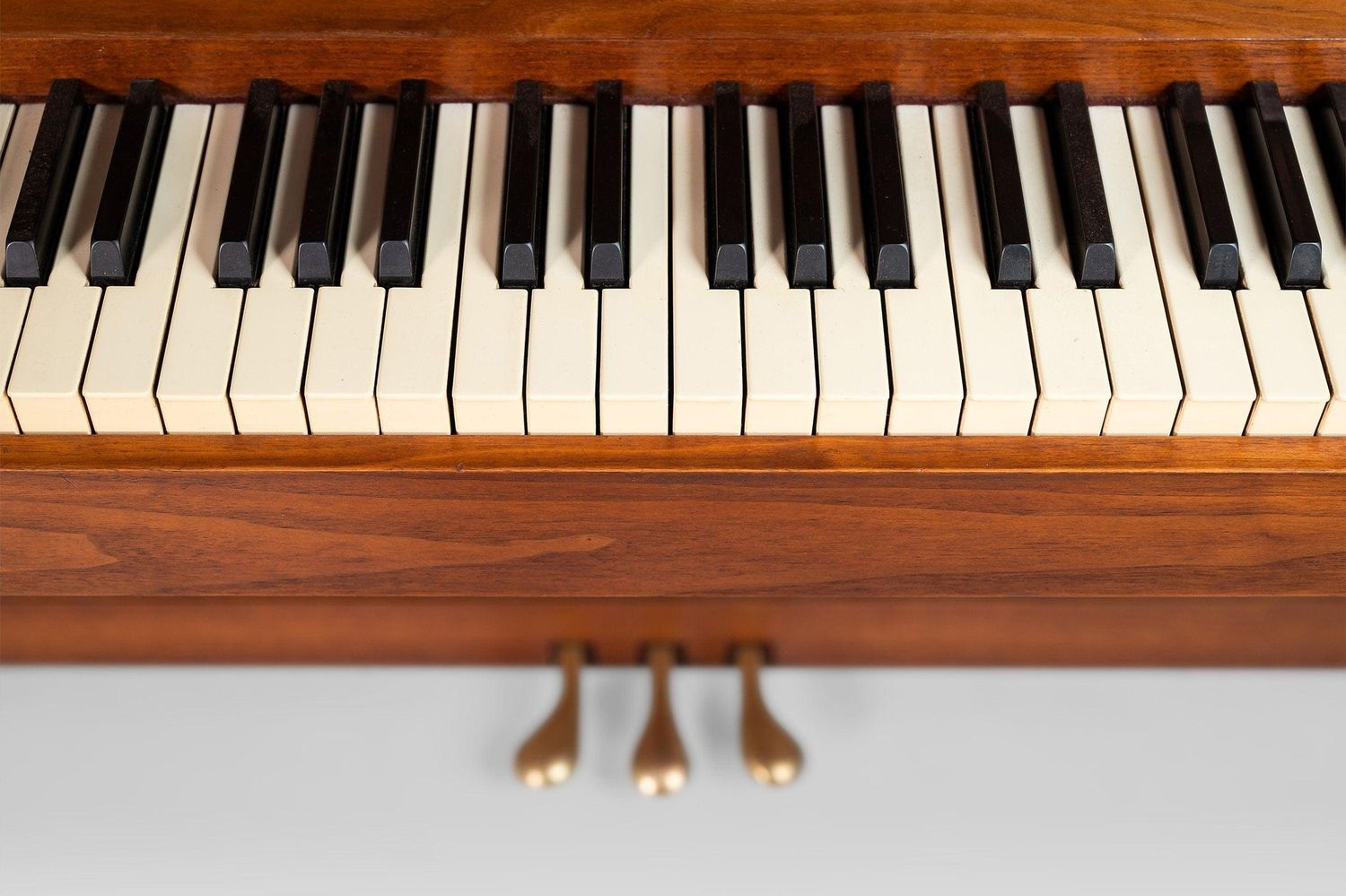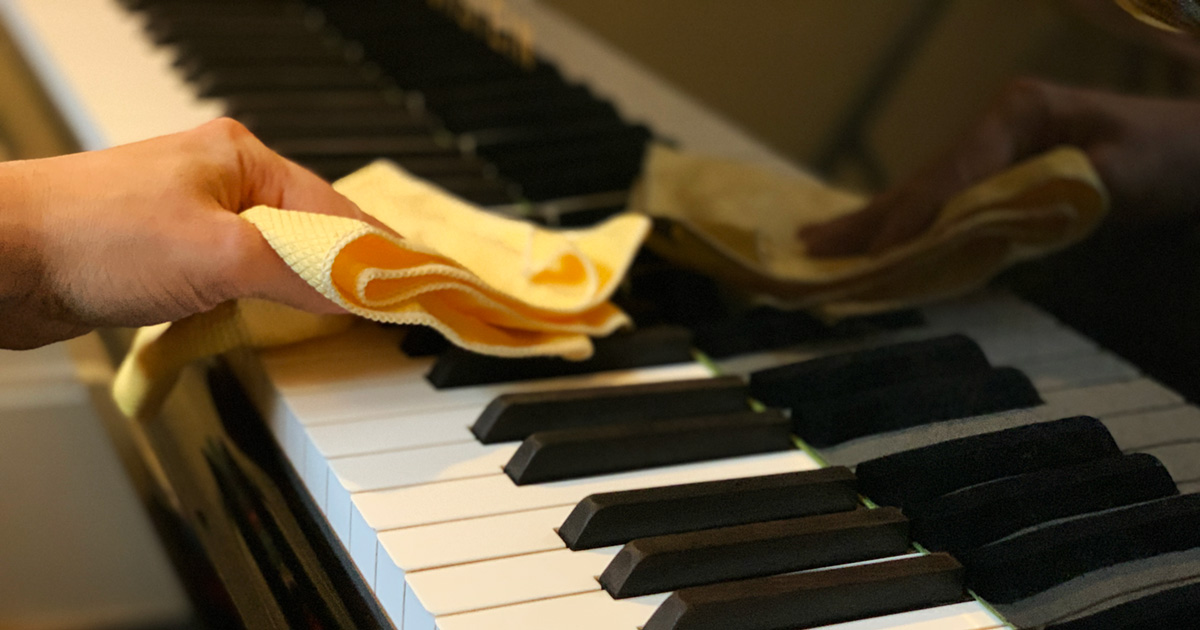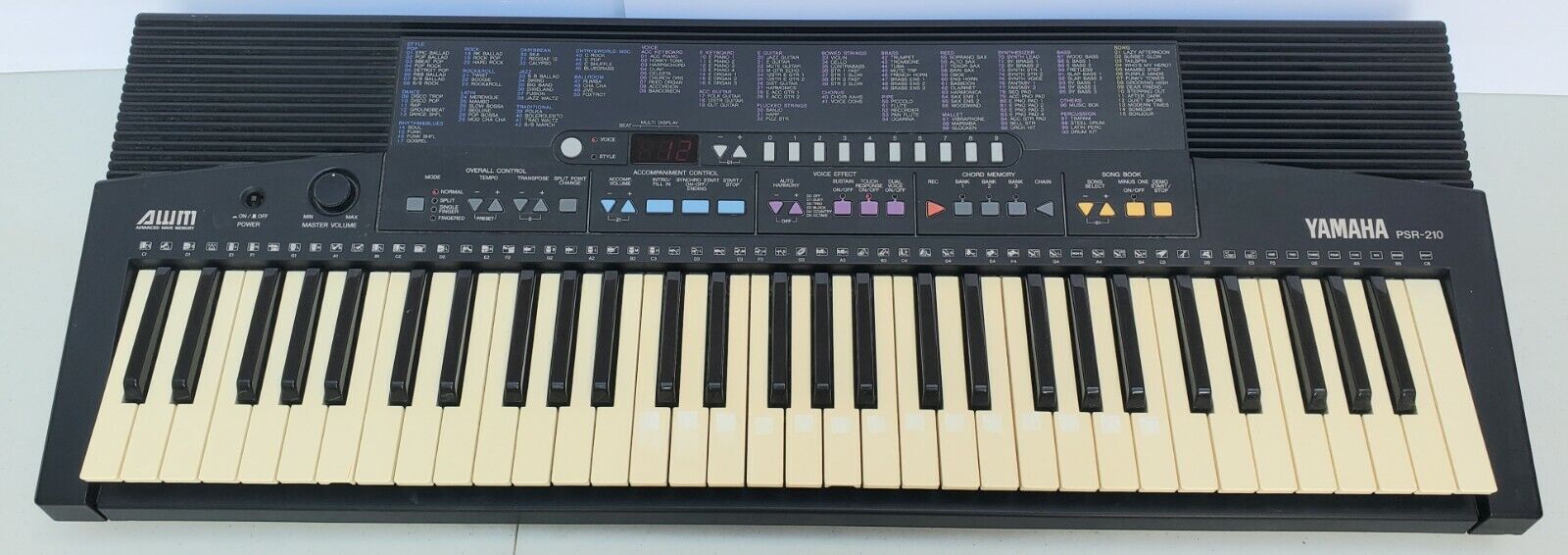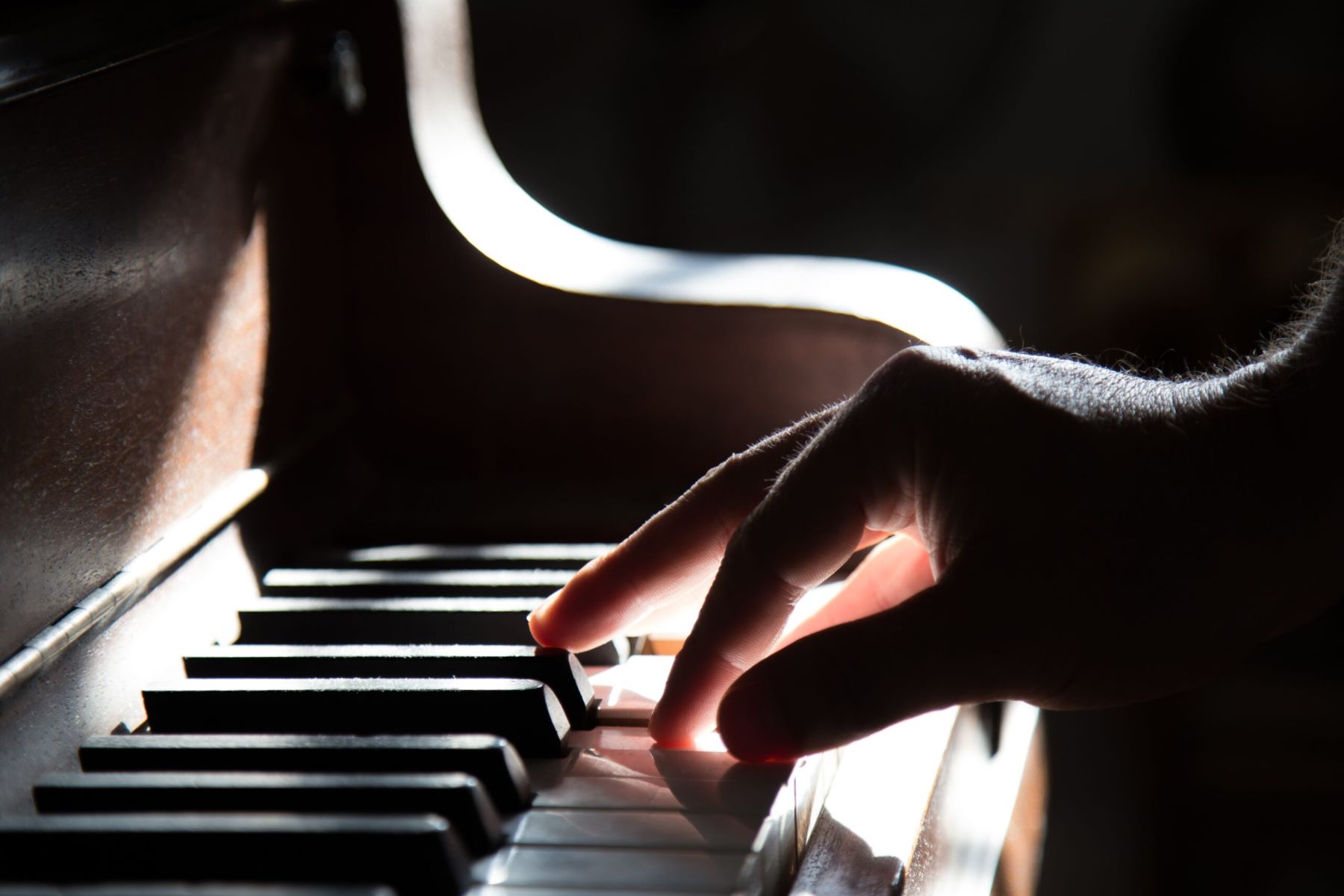Home>Instruments>Piano>How Many Keys On A Baby Grand Piano
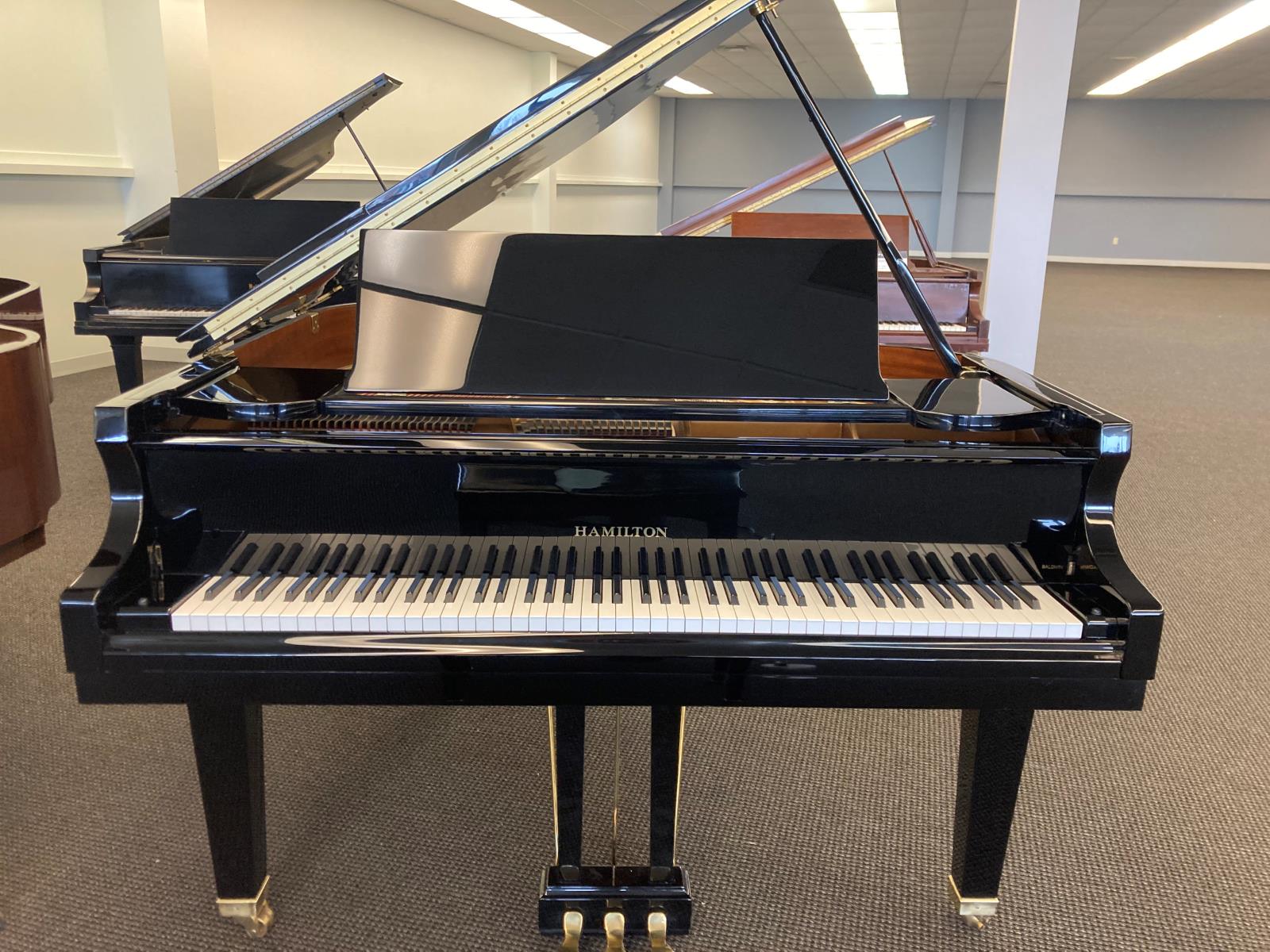

Piano
How Many Keys On A Baby Grand Piano
Published: February 9, 2024
Discover the intricacies of a baby grand piano and learn about the number of keys it has. Explore the beauty and functionality of this classic instrument. Unlock the magic of the piano today!
(Many of the links in this article redirect to a specific reviewed product. Your purchase of these products through affiliate links helps to generate commission for AudioLover.com, at no extra cost. Learn more)
Table of Contents
Introduction
Welcome to the enchanting world of pianos, where each instrument holds a unique story and a mesmerizing melody within its keys. Among the various types of pianos, the baby grand piano stands out as an iconic symbol of elegance and musical prowess. With its graceful curves and powerful sound, the baby grand piano has captured the hearts of musicians and music enthusiasts around the globe. In this article, we will delve into the captivating realm of baby grand pianos, focusing on a fundamental aspect that defines their essence: the number of keys.
As we embark on this musical journey, we will unravel the anatomy of a baby grand piano, explore the historical evolution of this magnificent instrument, and shed light on the significance of the number of keys in shaping its musical capabilities. Whether you are a seasoned pianist, an aspiring musician, or simply an admirer of fine craftsmanship, join us in discovering the allure and magic concealed within the keys of a baby grand piano.
Anatomy of a Baby Grand Piano
Before we delve into the specifics of the number of keys on a baby grand piano, it’s essential to grasp the intricate anatomy of this majestic instrument. The baby grand piano, renowned for its compact size and powerful sound, embodies a harmonious blend of artistry and engineering.
The key components of a baby grand piano include:
- Soundboard: This vital component amplifies and enriches the vibrations produced by the strings, projecting the resonant tones that define the piano’s distinctive voice.
- Strings: The heart of the piano’s sound, the strings are meticulously crafted to produce a wide range of frequencies, harmonics, and overtones, contributing to the instrument’s rich and expressive timbre.
- Action Mechanism: Comprising keys, hammers, and intricate levers, the action mechanism translates the pianist’s touch into dynamic musical expression, allowing for nuanced control over volume and articulation.
- Keys and Pedals: The keyboard, typically made up of 88 keys, provides the pianist with a vast tonal palette, while the pedals offer additional means of shaping and sustaining the sound.
- Cabinet: The elegant wooden cabinet not only serves as a visually striking enclosure but also plays a crucial role in resonating and amplifying the sound produced within the instrument.
The meticulous craftsmanship and precision engineering that converge within the confines of a baby grand piano result in a masterpiece that transcends mere musical instrument status, embodying the pinnacle of human creativity and ingenuity. Understanding the intricate interplay of these components sets the stage for comprehending the significance of the number of keys in shaping the instrument’s musical capabilities.
Number of Keys on a Baby Grand Piano
One of the defining characteristics of a piano is the number of keys adorning its keyboard. Traditionally, a standard piano keyboard comprises 88 keys, spanning over seven octaves, from A0 to C8. However, the number of keys on a baby grand piano may vary, offering a unique playing experience while retaining the essence of the instrument’s larger counterparts.
Most baby grand pianos feature 88 keys, mirroring the full range of a standard piano keyboard. This expansive range allows pianists to explore a vast array of musical compositions, from delicate, ethereal melodies to thunderous, commanding fortissimo passages. The inclusion of the complete set of keys ensures that the baby grand piano stands as a formidable musical instrument, capable of delivering a diverse and immersive playing experience.
Occasionally, some baby grand pianos may feature a slightly reduced number of keys, typically around 85 to 86 keys. While this subtle variation may seem inconsequential, it can impact the pianist’s ability to access the extreme ends of the keyboard’s range. However, this reduction in keys is often a deliberate design choice aimed at achieving a more compact footprint without compromising the instrument’s tonal integrity.
Despite the potential variance in the number of keys, the essence of the baby grand piano remains uncompromised, exuding a captivating blend of elegance, power, and sonic versatility. Whether boasting the standard 88 keys or a slightly modified configuration, the baby grand piano continues to captivate audiences with its enchanting melodies and timeless allure.
Historical Evolution of the Baby Grand Piano
The evolution of the baby grand piano is a testament to the enduring legacy of innovation and craftsmanship in the realm of musical instruments. The roots of the baby grand piano can be traced back to the late 18th century, a period marked by remarkable advancements in piano design and construction. It was during this era that piano makers sought to create instruments that not only boasted exceptional tonal qualities but also offered a more compact and visually appealing form factor.
The concept of the baby grand piano emerged as a natural progression from the larger grand pianos, which were renowned for their commanding presence and unparalleled sound projection. The desire to encapsulate the grand piano’s majestic tonal characteristics within a more space-efficient design led to the birth of the baby grand piano. This innovative approach revolutionized the world of pianos, offering musicians and enthusiasts a captivating blend of musical prowess and aesthetic elegance.
As the demand for more versatile and compact pianos grew, renowned piano manufacturers embraced the challenge of refining and perfecting the baby grand piano’s design. Through meticulous engineering and artistic ingenuity, these craftsmen succeeded in creating instruments that not only delivered exceptional sound quality but also exuded a timeless allure, becoming cherished centerpieces in homes, concert halls, and recording studios worldwide.
Throughout the centuries, the baby grand piano has continued to evolve, incorporating advancements in materials, construction techniques, and acoustic engineering. These refinements have further enhanced the instrument’s tonal richness, dynamic responsiveness, and overall playability, cementing its status as a beloved icon in the world of music.
Today, the baby grand piano stands as a living testament to the enduring legacy of piano craftsmanship, embodying a harmonious fusion of tradition and innovation. Its historical evolution reflects the unwavering commitment of artisans and musicians to push the boundaries of musical expression, ensuring that the enchanting melodies emanating from its keys resonate for generations to come.
Importance of the Number of Keys
The number of keys on a piano, including the baby grand piano, holds profound significance in shaping the instrument’s musical capabilities and the pianist’s expressive range. The comprehensive span of keys, typically 88 in number, plays a pivotal role in enabling musicians to traverse a vast sonic landscape, unlocking boundless creative possibilities and interpretive nuances.
For pianists, the full complement of 88 keys on a standard piano keyboard empowers them to explore a diverse repertoire of musical compositions, spanning various genres and historical periods. From the hauntingly ethereal melodies in the highest registers to the resounding depths of the lower octaves, the expansive range of keys allows for the interpretation of intricate harmonies, expressive melodies, and thunderous chords with unparalleled depth and emotional resonance.
Furthermore, the extended range of keys facilitates the faithful rendition of compositions as envisioned by composers, ensuring that the nuances and subtleties inherent in the music are faithfully preserved. Whether performing classical masterpieces, contemporary works, or improvisational pieces, pianists rely on the complete set of keys to convey the full spectrum of emotions and musical narratives embedded within the compositions.
While some baby grand pianos may feature a slightly reduced number of keys, typically around 85 to 86, the importance of the number of keys remains undiminished. This nuanced variation in the key count does not diminish the instrument’s expressive capabilities but rather offers a tailored playing experience within a more compact form factor, catering to the preferences of musicians and the spatial constraints of modern living spaces.
Ultimately, the number of keys on a baby grand piano, whether adhering to the standard 88-key configuration or featuring a slight variation, serves as a cornerstone of the instrument’s identity, embodying a harmonious balance of tradition, innovation, and musical expression. It stands as a testament to the enduring legacy of piano craftsmanship, ensuring that the enchanting melodies emanating from its keys resonate for generations to come.
Conclusion
The baby grand piano, with its captivating allure and timeless elegance, stands as a masterpiece of musical craftsmanship and artistic ingenuity. From the intricate interplay of its components to the mesmerizing melodies that emanate from its keys, the baby grand piano embodies a harmonious fusion of tradition, innovation, and sonic splendor.
Throughout history, the evolution of the baby grand piano has mirrored the unwavering dedication of artisans and musicians to push the boundaries of musical expression, resulting in an instrument that transcends mere functionality and becomes a cherished symbol of cultural heritage and artistic excellence.
The number of keys on a baby grand piano, whether adhering to the standard 88-key configuration or featuring a slight variation, plays a pivotal role in shaping the instrument’s musical capabilities and the pianist’s expressive range. It empowers musicians to explore a diverse repertoire of musical compositions, conveying a vast spectrum of emotions and interpretive nuances with unparalleled depth and resonance.
As we reflect on the captivating allure and enduring legacy of the baby grand piano, we are reminded of its timeless significance in the world of music. Whether gracing the grand stages of concert halls, adorning the intimate settings of homes, or inspiring the creative endeavors of musicians, the baby grand piano continues to captivate hearts and minds with its enchanting melodies and timeless allure.
In essence, the baby grand piano transcends its physical form, becoming a vessel for artistic expression, a conduit for emotional storytelling, and a cherished companion in the musical journey of both performers and listeners. Its legacy resonates through the ages, ensuring that the enchanting melodies emanating from its keys will continue to captivate and inspire for generations to come.



